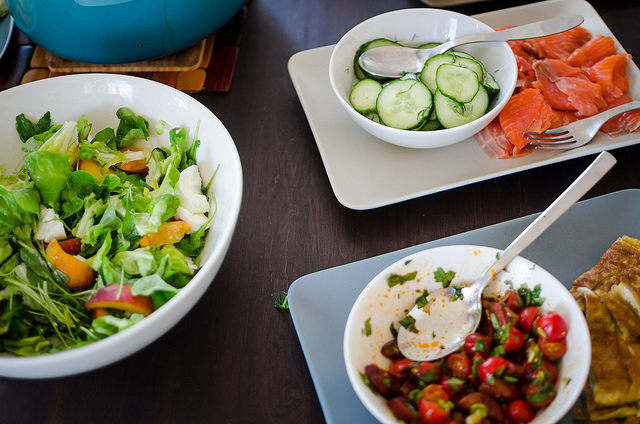We’re now mid-way through the first year of the AAAS Community Engagement Fellows Program (CEFP), funded by the Alfred P. Sloan Foundation. The first cohort of Fellows is made up of 17 scientific community managers working with a diverse range of scientific communities. As they continue to develop their community engagement skills and apply some of the ideas and strategies from their training, the Fellows will report back on the Trellis blog, sharing their challenges, discoveries, and insights. Today, in part two of a two part series on knowledge brokering, Fellow Elisha Wood-Charlson breaks down the similarities and differences between community managers and knowledge brokers.
Posted by Elisha Wood-Charlson, Data/Research Communications Program Manager for the Simons Collaboration on Ocean Processes and Ecology

In part 1 of this series, I explored the concept of a knowledge broker by defining the role/trait and describing some of the best practices. For this section, I wanted to explore the potential for shared skills between knowledge brokers and Scientific Community Managers (SCMs).
Continue reading “Knowledge brokering part 2: Are community managers knowledge brokers?”






